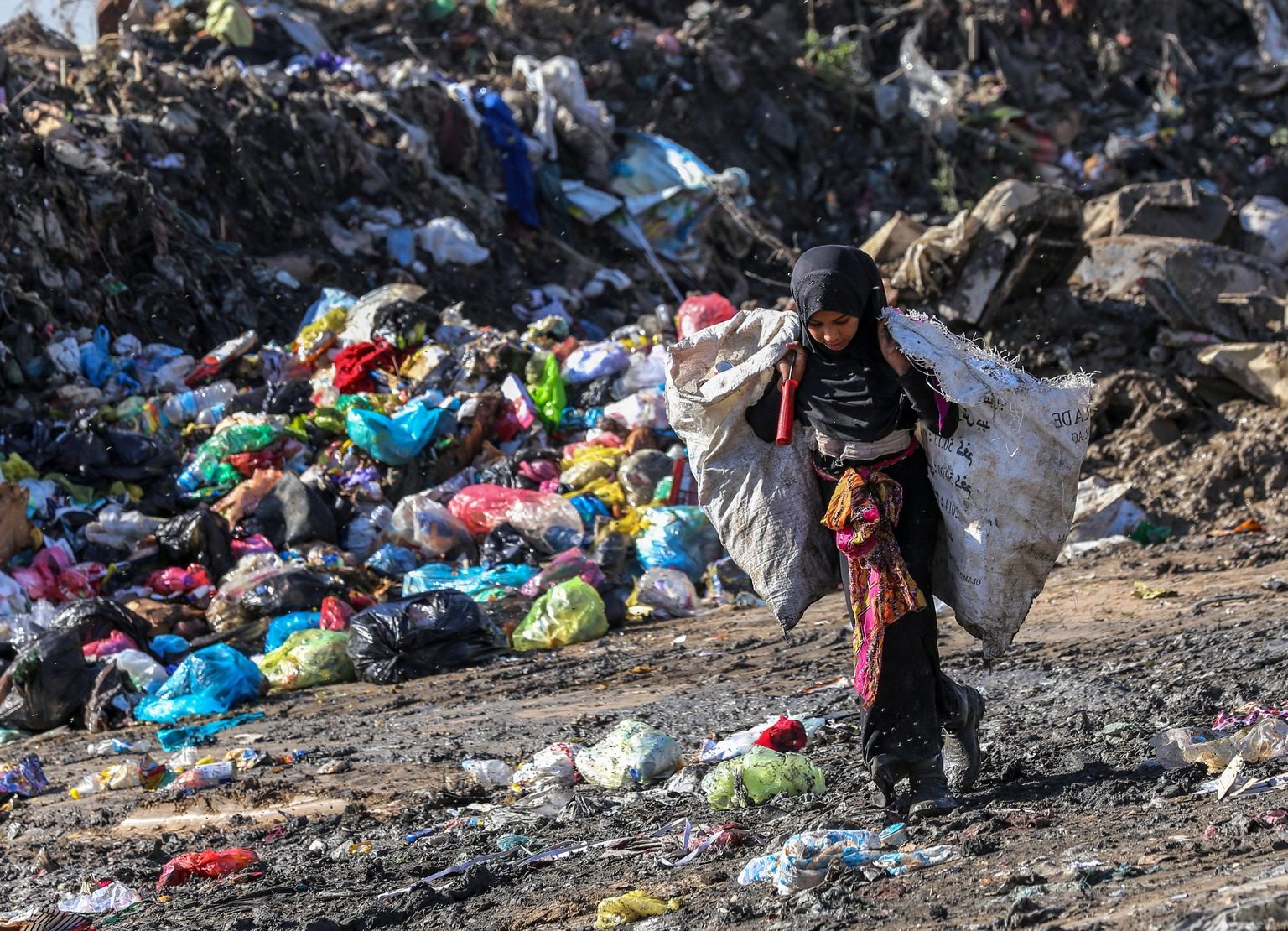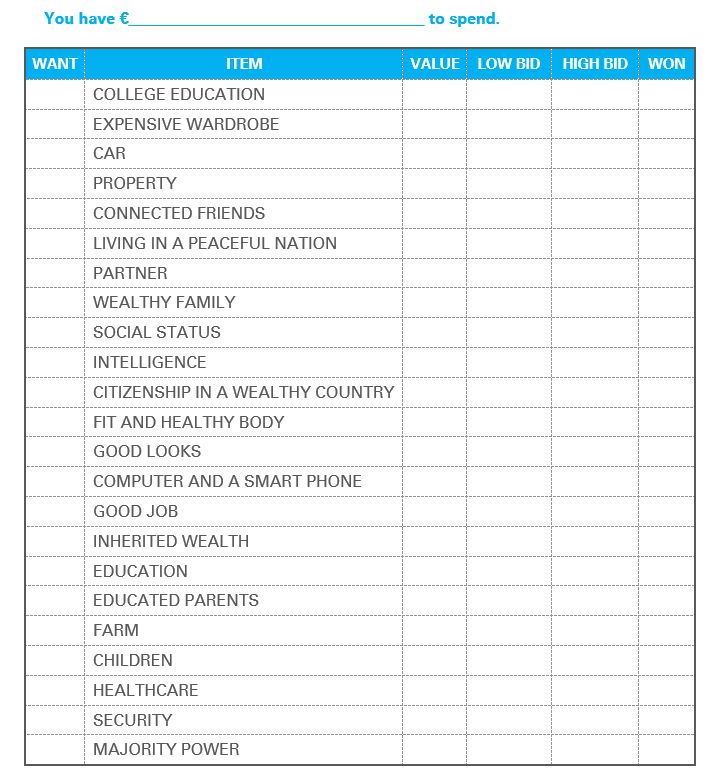Activity: Global inequalities (Rights versus Charity) | Duration: 30 Mins
The aim of this activity is to introduce participants to global inequality and the importance of addressing this through a right-based perspective.
Discussion: Global inequalities – All children in Ireland, and around the world, have the same rights – the right to survive, to thrive and to fulfil their potential. Over recent decades, significant progress has been made in saving children’s lives, getting children into school and lifting people out of poverty.
However, this progress has been neither even nor fair. The poorest children are twice as likely to die before their fifth birthday and to be chronically malnourished than the richest. Across much of South Asia and sub-Saharan Africa, children born to mothers with no education are almost three times more likely to die before they are five than those born to mothers with secondary education. And girls from the poorest households are twice as likely to marry as children than girls from the wealthiest households.
Inequality is not inevitable. Inequality – the disparities between, and within, societies – is not inevitable for children. It is the result of choices that we make as a society and as a global community. Narrowing the gap between rich and poor is something we can achieve. There are steps we can take to ensure that every child, even one born into the most challenging environments, receives the care and education they need to survive and thrive. It comes down to the policies we pursue and the approach that we take.
Activity: Rights versus Charity – Understanding the important distinction between rights and charity.
Step 1: Take a bag of supplies that can be divided among the group (individually wrapped Fair Trade sweets like Maltesers or jellies work well or crisps).
Make sure you only give out enough for 60% of the class.
1. Hand out a large number of sweets or other types of object to 3 participants (no one is to open them yet)
2. Hand select a few people to come and get sweets for themselves.
3. Ask half of the participants to come up and get sweets for themselves. (no rules, they can grab more than one)
4. Offer the rest of the room to come up and get any bags of sweets and to sit back down.
5. Participants can now open and eat their sweets, tell those who did not get sweets, to ask those that have them to share.
Step 2: Explore the following questions with the group (15-minutes).
- Who were given sweets? Does this represent a certain group of people in our society? (inherited wealth)
- Those that were hand-selected, who do they represent in our society? (privileged classes, those that have access wealth, or a head start in life)
- The middle group, who do you represent. (average person, without privilege)
- The last group, who do you represent? (disadvantaged) Was there much left for you? How did it feel asking for others to share? Were you dis-empowered? Did you feel you should have an equal right to the sweets?
- How did those who had sweets feel about being asked? Did you feel guilty that you had more? Would you have shared, if others were not visible and people didn’t know you were asked?
- For those who received sweets or had easier access to them, did you deserve this over the others in the group?
- How would you divide the sweets with the group?
- Who in society would be the most vulnerable and unable access the sweets?
- Why are rights as opposed to charity important?
- Ask participants to think about this globally and ask which group they belong to?
- Who in society would be the most vulnerable and unable to get to the sweets in time?
This is why we work to create a rights-based society and not a society based on charity.
Activity: Global Picture of Wealth Inequality | Duration: 40 mins
Discussion: Global Wealth Inequality Today, wherever people live, they don’t have to look far to confront inequalities. Inequality in its various forms is an issue that will define our time. Please download this presentation to support your discussion.
Overall, since the 1990s total global inequality (inequality across all individuals in the world) declined for the first time since the 1820s. Reinforcing this trend, we have mostly seen income inequality between countries decline. Yet income inequality within countries has risen, this is the form of inequality people feel on a daily basis.
- Income inequality between countries has improved – For the most part, we have seen income inequality between countries improve in the last 25 years, meaning average incomes in developing countries are increasing at a faster rate. This can be accredited to strong economic growth in China and other emerging economies in Asia. However, the gap between countries is still considerable. For example, the average income of people living in North America is 16 times higher than that of people in sub-Saharan Africa.
- Income inequality within countries is getting worse – Income inequality between countries has improved, yet income inequality within countries has become worse. Today, 71 percent of the world’s population live in countries where inequality has grown. This is especially important because inequalities within countries are the inequalities people feel day to day, month to month, year to year. This is how people stack up and compare themselves with their neighbours, family members, and society. Since 1990, income inequality has increased in most developed countries and in some middle-income countries, including China and India.
- Concentrated at the top – An Oxfam report shows that in the 10 years since the financial crisis, the number of billionaires has nearly doubled, and the fortunes of the world’s super-rich have reached record levels. In 2018, the 26 richest people in the world held as much wealth as half of the global population (the 3.8 billion poorest people), down from 43 people the year before.
- Inequalities within communities – Inequalities are not only driven and measured by income, but are determined by other factors – gender, age, origin, ethnicity, disability, sexual orientation, class, and religion. These factors determine inequalities of opportunity which continue to persist, within and between countries. In some parts of the world, these divides are becoming more pronounced. Meanwhile, gaps in newer areas, such as access to online and mobile technologies, are emerging. The result is a complex mix of internal and external challenges that will continue to grow over the next twenty-five years.
Activity: Advantages Auction | Duration: 40 mins
Step 4: After the auction discuss the outcomes with participants
-
- Were they happy with the result?
- How do they think their advantages will help lead them to success?
- How much was your result based on chance, tactics, advantage?
- How did they define the success they were after?
- Did they include their long term happiness?
- What advantages do we have here in Ireland that we take for granted?
- What advantages do we have personally that we take for granted?
- How important is it to you that resources are used to give people a fair start in life?
- How well does our world do in providing people with a fair start in life?
- What benefit does a more equal world bring?
Discussion: Achieving Equality – So why is equality so difficult to achieve? Can’t we just give everyone the same income every year and everything will sort itself out? Here is a good visual depiction of why sorting income inequality is not as easy as one might think…
The boxes represent the amount of resources, support, and opportunities we are given throughout our lives. In other words, the amount of ‘stuff’ someone gets to push them through life. The wall represents the hurdles we have to overcome just to get by on a daily basis and reach our goals. The height of the individuals represents the different starting points each individual is at based on a myriad of factors such as the gender you are born as, the country you are born in, the family you are born into, etc.
A – Equity – everyone is given a different amount of ‘stuff’, determined by their need until everyone is at the same level. This is the best chance for ending inequality, but how can you convince the wealthiest that they should not take any more?
B – Equality – everyone is given the same amount of ‘stuff’ to be used however the individual sees fit. But some people were naturally born with an advantage, so this amount of “stuff” just lifts them higher so the gap is not resolved.
C – Reality – Some are given an excess of ‘stuff’, while the vast majority get little to none of the ‘stuff’. We saw this explained in the video and pie charts already.
D – Liberation – positioning here does not matter, regardless of where you are you get the same access and opportunity. This would mean the eradication of barriers to achieving the same opportunities, so everyone, regardless of where they start out in life, can have the same options.
Extension for Home: Provide participants with an opportunity to understand how their lives or wealth compare with others around the world.
Option 1: – How my life compares – Introduce participants to dollarstreet.org. Ask them to spend time exploring people’s lives from different countries and on different incomes.
Option 2: – How my wealth compares – Ask participants to go to givingwhatwecan.org and to the best of their ability fill in their family income or fill in their desired future income, to find out how that compares to the rest of the world.
We all have responsibility for achieving the Sustainable Development Goals by 2030. Although many Goals contribute to reducing inequalities, this issue is the specific focus of Goal 10. Use them, along with the Convention on the Rights of the Child to support your call to take action and address these issues. Below are just a few suggestions of actions you can take.

The wealth of the world’s billionaires increased by
Video: Global Wealth Inequality
Video: Dewi and Putri: How Inequality Separates Two Girls from Indonesia
Group Work: Advantages Auction – What in society gives somebody advantages over others? There is no guarantee of success, but advantages can give you a head start. Auction off a list of advantages to the group and discuss how they can contribute to giving some a head start. Download and print the game and bidding cards.
Step 1: Divide the group into 4 bidding tables. Each table is given a bidding card and some money (written on the top of each card). The amount given to each table should vary. 1000, 800, 500, 250.
Step 2: Ask groups to spend 5-10 minutes determining what are priorities and what they are willing or can afford to spend on it.
Step 3: Conduct the auction





